
Article
The Shape of Work to Come
Three ways that the digital revolution is reshaping workforces around the world.
Nature,
2017
Recommendation
The digital revolution is transforming the work environment at a rapid pace, requiring organizations and job seekers to adapt. However, questions remain as to how exactly workplaces will change, and who will benefit. Science journalist Emily Anthes focuses on three key areas: Machine learning, the gig economy and the digital skills gap. Research findings offer insight of how these regions of the digital world might shape and ultimately transform the future of work and the economy.
Summary
About the Author
Emily Anthes is a science journalist in New York City.
Learners who read this summary also read
Report
Article
Article
Book







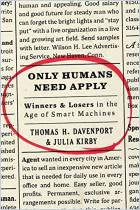

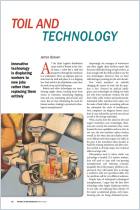
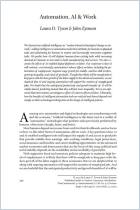

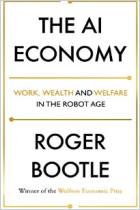
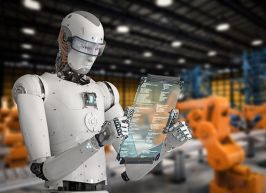
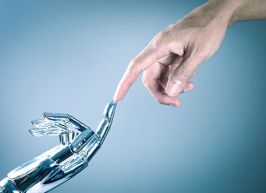







Comment on this summary or Démarrer une discussion